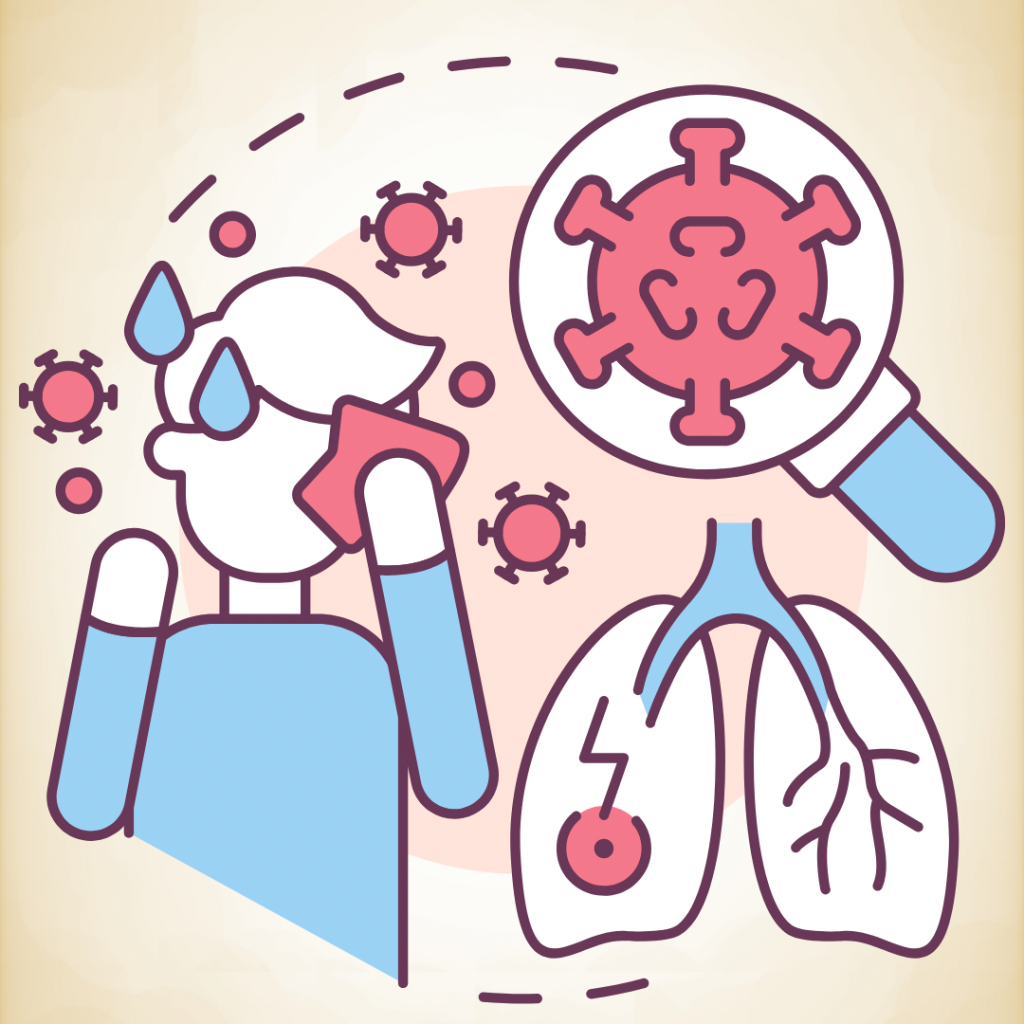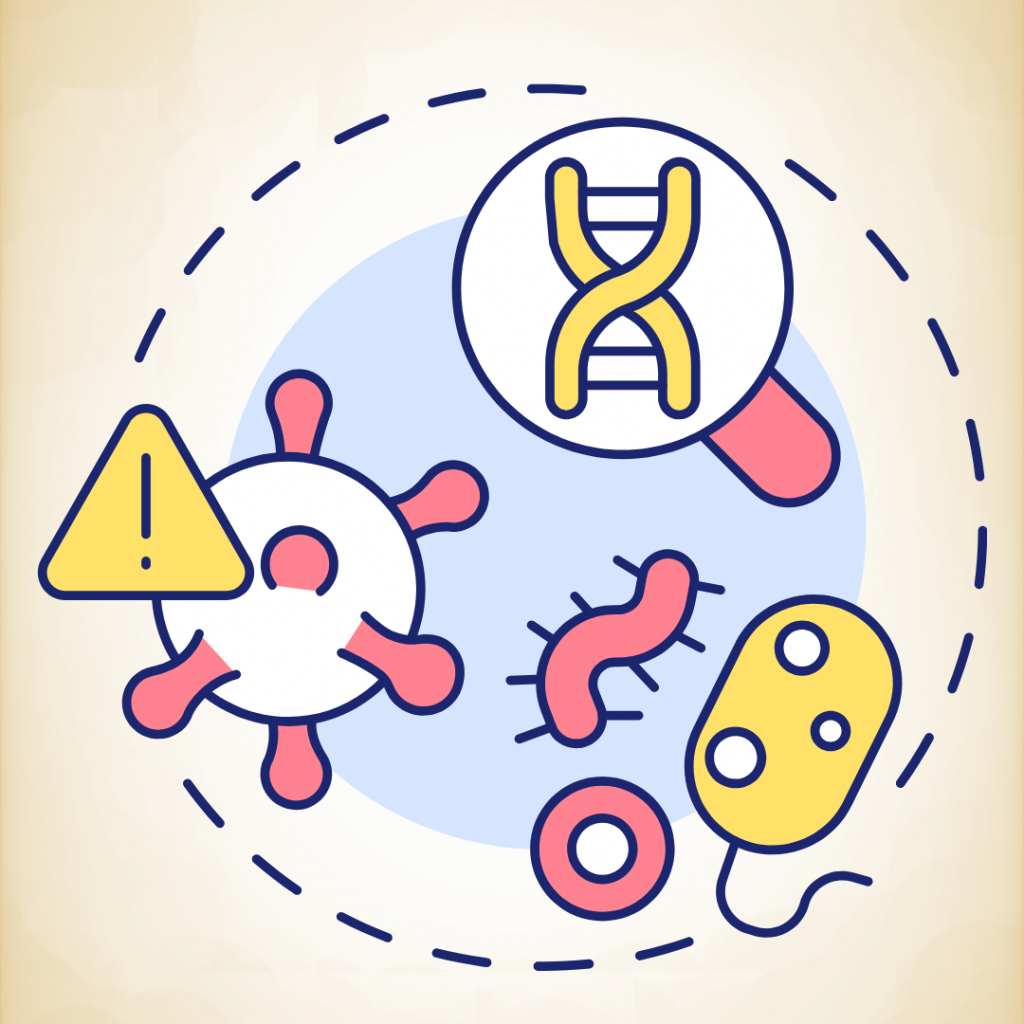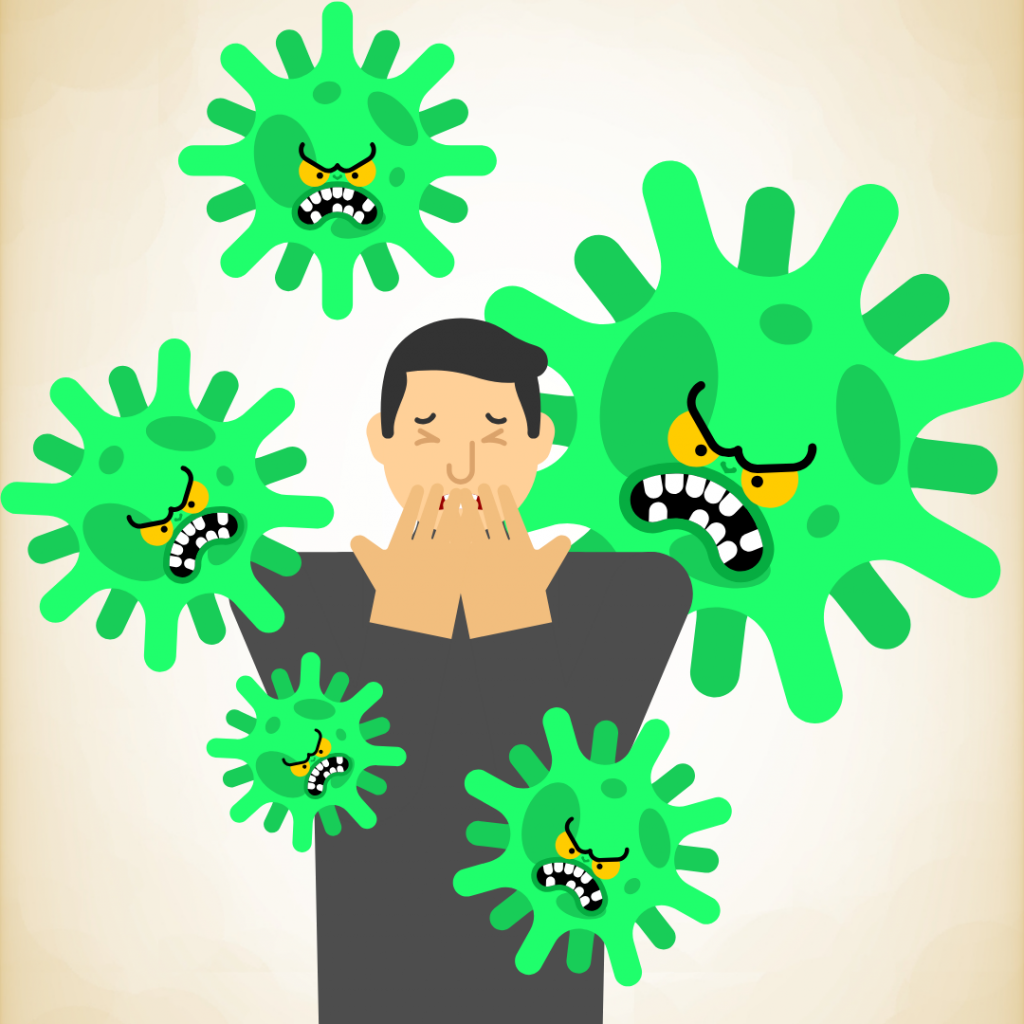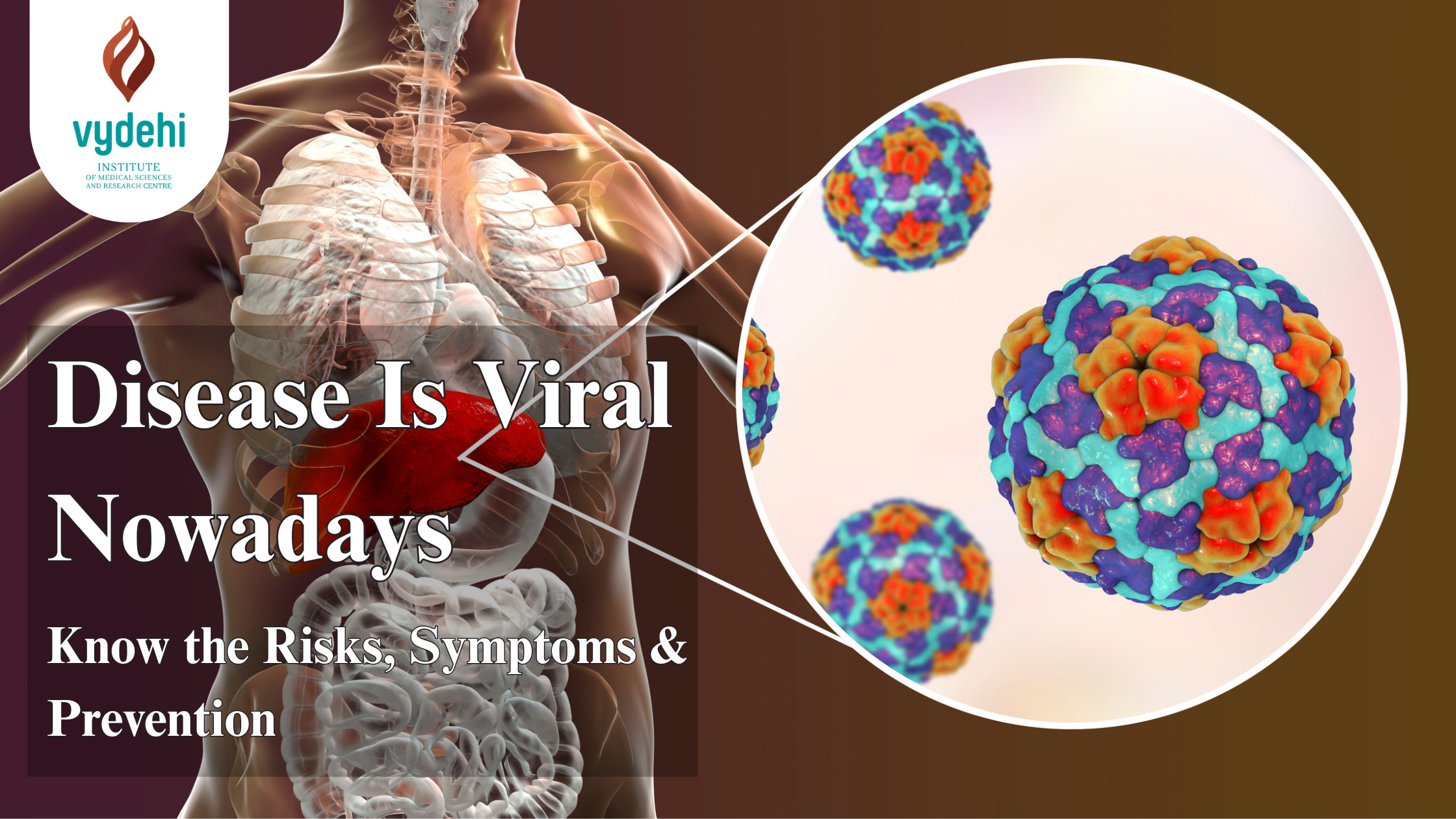From the common cold to life-threatening infections like dengue and influenza, viral diseases are spreading faster and more frequently in today’s interconnected world. If you’ve felt feverish, tired, or caught a cough that won’t quit — it might not just be the weather. The disease is viral nowadays, and being informed is your first step toward protection.
Why Are Viral Diseases on the Rise?
With increased travel, climate change, and urban crowding, viruses have found new ways to spread. Add to that a post-pandemic world with evolving strains of influenza and respiratory viruses, and you’ve got a perfect setup for recurrent outbreaks.

According to global health studies, 10 virus diseases account for the majority of seasonal hospital visits in both adults and children. These include:
- Influenza (Viral flu)
- Dengue
- Hepatitis B & C
- HIV/AIDS
- Measles
- Chickenpox
- COVID-19
- Zika Virus
- Mumps
- Herpes Simplex

You can find a comprehensive virus diseases list through WHO or CDC resources, or consult your nearest health center for region-specific trends.
Also Read, Understanding Different Types of Infectious Diseases: The Good, the Bad, and the Ugly
What Are 20 Diseases Caused by Viruses?
It may surprise you, but viruses are responsible for a wide range of conditions. Some affect the respiratory system, others target the liver, nervous system, or skin. Here are 20 known viral diseases:
- Influenza
- COVID-19
- Dengue
- Zika
- Hepatitis A, B, C
- HIV/AIDS
- Measles
- Mumps
- Rubella
- Rabies
- Chickenpox
- Shingles
- Polio
- Ebola
- Cytomegalovirus (CMV)
- Norovirus
- Herpes Simplex (HSV-1, HSV-2)
- Human Papillomavirus (HPV)
- Hand, Foot, and Mouth Disease
- Respiratory Syncytial Virus (RSV)
These infections range from mild to severe and can be highly contagious.
Viral Infection Symptoms to Watch For
Most viral illnesses start subtly and resemble common cold symptoms. But don’t ignore the red flags. Common viral infection symptoms include:
- Fever and chills
- Body aches and fatigue
- Cough or sore throat
- Headaches
- Skin rashes or irritation
- Nausea or diarrhea
- Swollen glands
In adults, specific symptoms of viral infection might also include:
- Joint pain
- Abdominal discomfort
- Prolonged fatigue
- Dehydration
- Confusion (in elderly patients)

If you’re experiencing multiple of these symptoms, it’s crucial to consult a doctor. Persistent viral symptoms could indicate something more serious.
Signs Your Body Is Fighting a Virus
Wondering if you’re already in recovery mode? Here are a few signs your body is fighting a virus:

- Low-grade fever (a natural immune response)
- Fatigue, signaling energy diversion to immune activity
- Swollen lymph nodes
- Mild inflammation
- Appetite loss
These responses are your body’s natural defense system gearing up. Letting your immune system do its job requires rest, hydration, and in some cases, medical intervention.
Viral Infection Treatment & Care
Unlike bacterial infections, viral infection treatment is mostly symptomatic unless antiviral medications are prescribed. Key approaches include:
- Adequate rest and hydration
- Fever and pain control (paracetamol or ibuprofen)
- Isolation to prevent spread
- Antiviral medications (for diseases like flu, HIV, herpes)
- Vaccination (prevention for diseases like measles, hepatitis, COVID-19)

Do not self-medicate antibiotics—viral diseases do not respond to them.
Stay Ahead: Prevention Is Better Than Cure
- Get vaccinated (flu shot, COVID booster, Hepatitis vaccines)
- Maintain good hand hygiene
- Avoid close contact with sick individuals
- Strengthen your immunity through a balanced diet and regular sleep

 Emergency Number
Emergency Number